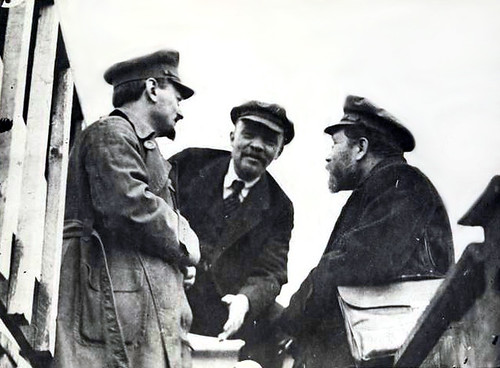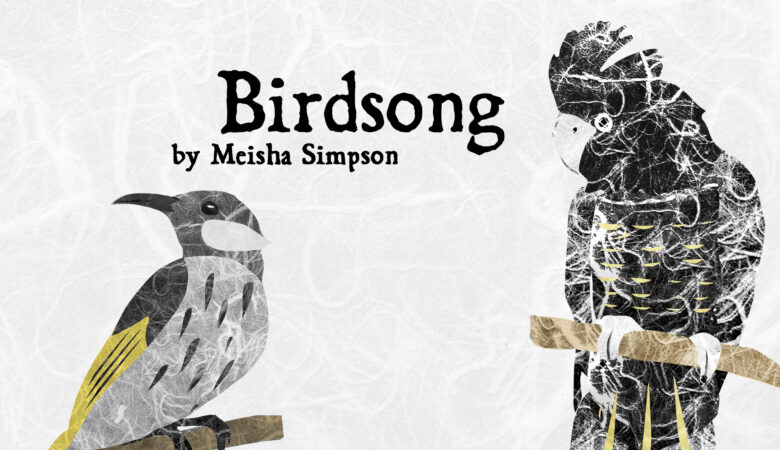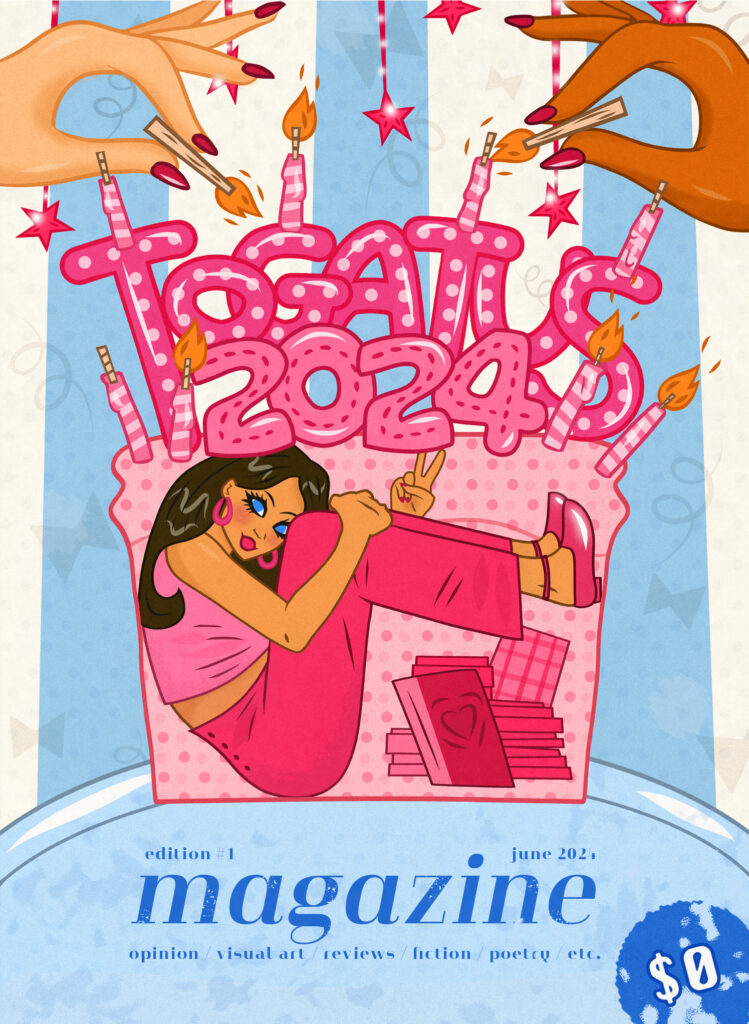In 1913, Vladimir Ilyich Ulyanov wrote an essay titled ‘In Australia’ for an issue of Pravda – a communist newsletter that would go on to become the state publication of the USSR. Inspired by a recent election won by the Liberal Party, Lenin’s analysis of the Australian Labor Party (ALP) became one of the founding ideological texts of the communist movement in Australia at the mid-century.
But over 100 years on, how accurate was Lenin’s characterisation of the party and what insight do the words of the immortal revolutionary provide today?
Lenin begins by questioning just how it has happened that a party of workers had until recently been in power, yet the capitalist system in Australia had not been threatened at all. For him, the answer to this was simple – the Australian Labor Party was not a socialist workers party, it was rather, a liberal-bourgeois party. Lenin explains how this had come to be by analysing Australia’s specific historical conditions. As a European settler colony, he characterises Australia as ‘a young country’. With many of Australia’s workers emigrants hailing from England, Lenin explains that most subscribe to a liberalism, that until recently, had gone unchallenged in their home country. While the Labour Party in Britain, goes Lenin, reflects a compromise between burgeoning socialist trade unions and the liberal Independent Labour Party, the ALP simply represents the will of ‘capital serving’ union bureaucrats. He also looks to Australia’s recent federation as reason why socialism had not taken hold within the ALP, with efforts mostly dedicated to creating a strong central government. Lenin theorised that as Australia grew to become an independent capitalist state, a true socialist workers party would emerge that’d succeed the ALP.
The core of Lenin’s argument was proven by history to be true. While for much of its existence the ALP has labelled itself as a democratic socialist party and has certainly won valuable concessions for the working class, it has remained committed to the protection of capitalism all costs.
The ALP’s attacks on communist elements within the trade union movement in the mid-century is but just one example of this. In the 1940s and 50s, the Australian Communist Party held powerful positions in several key unions, at one point holding 40% of the vote at the Australian Council of Trade Unions Congress (ACTU) in Sydney. Responding to the organisation’s infiltration, Labor state branches developed ‘industrial groups’ within powerful unions such as the Federated Clerks Union and the Australian Railways Union to undermine their influence. By 1953, the threat of a complete takeover of the union movement by the Australian Communist Party had been completely averted by Labor backed industrial groups. Notably, a faction composed of militant anti-communist Catholics in Victoria went on to split the party to irreparable effect.
The ACTU-Labor Accord of the early 80s also echoes Lenin’s characterisation of the ALP as bourgeois. Arising from an era of stagflation and increasing industrial disputes, the Accord was an agreement between Australian unions and Bob Hawke’s ALP to restrict demands for wage growth in exchange for an increased ‘social wage’. While leading to the introduction of landmark social programs such as Medicare and mandatory superannuation, what followed from the Accord was unprecedented assaults on workers in capitulation to the ruling class. In the first year of the Accord coming into effect, Hawke immediately instigated widespread deregulation of the financial sector and floated the Australia dollar. In the second, he laid out a framework committing his government to not increase taxes, spending and the national deficit. This led to a trend towards privatisation, which most notably impacted Australia’s higher education and communications sector. All the while, wage growth in real terms remained suppressed for Australian workers and unions had essentially sold out their rights to strike. Through the siren song of class collaboration, the ALP had successfully engendered the neoliberal project in Australia.
Just hours out from the election, the legacy of Lenin’s critique is apparent in the ALP of today. Following their election loss in 2019, the party joined the Coalition in supporting stage three tax cuts that would gift a projected $22 billion to high income earners. On the same admission, the party has come out against a review to the JobSeeker allowance, which currently exists well below the poverty line. Albanese’s election platform remains meagre, with the party offering little in terms of substantive reform to Australia’s economic system or empowerment to the trade union movement without which the party would not exist.
While a great much of Lenin’s analysis has proven prescient, perhaps the greatest misstep of ‘In Australia’ was presuming the emergence of a true socialist party of workers following Australia’s development into an independent capitalist state. Lenin’s optimism remains a powerful reminder for Australian socialists to continue onwards in the struggle towards a better future for all.







